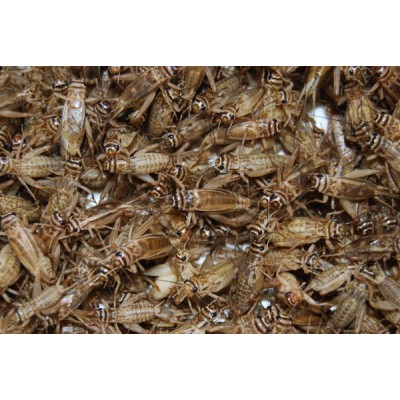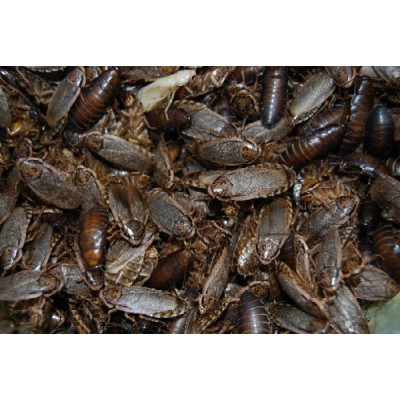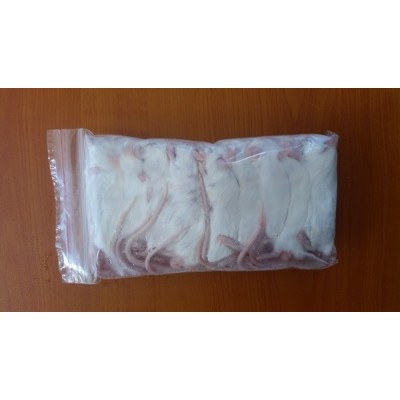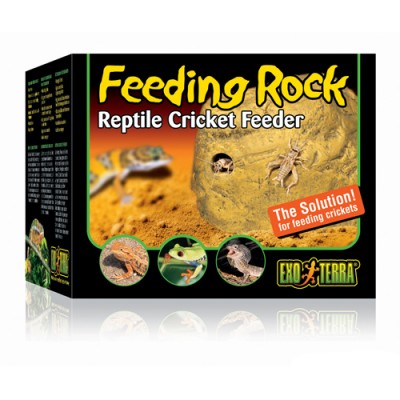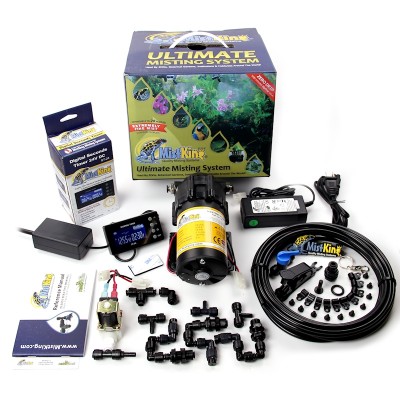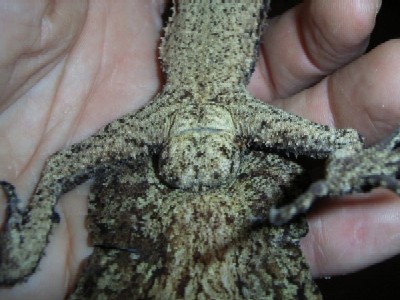Rough-throated Leaf-tailed Gecko (Caresheet)

CAPTIVE HUSBANDRY
The central Queensland distribution makes the Rough-throated Leaf-tailed Gecko (Saltuarius salebrosus) the most hardy of all the leaftails in captivity. It is capable of withstanding higher temperatures than all the other species including those occasional hot summer days of southern Australia where the mercury reaches the high 30’s provided the geckos are not exposed to direct sunlight. Temperatures in excess of this may prove fatal over extended periods. A regular water spray of the enclosure during these times will assist in reducing the ambient levels by a degree or two. At other times a liberal spray 2-3 times a week is sufficient. The enclosure should be set up using the upright strips of rigid tree bark plus a few extra climbing branches to provide access to all areas of the enclosure, with two or three rough-throats housed in an enclosure around 60x40x80cm high. Hiding areas on the ground aren't required as the geckos will always roost clinging to a branch or piece of bark. A substrate of fine sand or fine sand/coco peat mix about 10mm deep is ample. Make sure the enclosure is well ventilated preferably with vents at the top and bottom of the cage to allow efficient air movement. A heat source should be provided but needs to be no warmer than 32°C and isn’t required during mid- summer or over the winter nights when a cooling period should be offered. Standard commercially available insects make up the diet and can be supplied three times a week during the breeding season reducing to once every 2-3 weeks in winter. These are long-lived and undemanding captives.
CAPTIVE BREEDING
Rough-throated leaf-tails usually start laying a little later than most gecko species with the first eggs not appearing until mid-late October. A deep laying box should be provided containing a constantly moist (but not wet) substrate similar to that used on the enclosure floor, no lid is needed on the laying container but just make sure it never dries out. Females will bury their clutch of two eggs around 60-80mm deep and will usually mound the substrate over the laying site making detection a little easier. Remove the eggs and incubate then at an incubation temperature of 26-28°C, at which the eggs will take up to 100 days to hatch. Females will usually lay 2-3 clutches each season. Juveniles can be easily raised in small containers measuring 15x15x25cm high set up in a similar way to the adult enclosure. Mist this container every second day and begin offering food about 10 days after hatching. Dust the food items regularly with calcium and multivitamin powder but only provide 2-3 prey items per lizard at each feed. These large geckos are slow growers and may take 3-4 years to reach maturity.
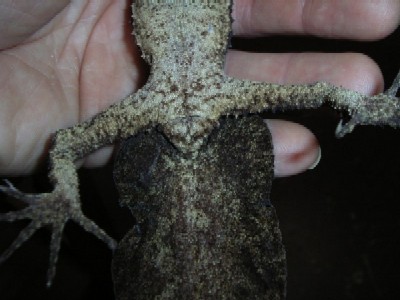
VENTRAL VIEW OF THE A FEMALE (LEFT) AND MALE (RIGHT) ROUGH-THROATED LEAF-TAILED GECKO SHOWING PRESENCE OF HEMIPENAL BULGES IN THE MALE.
- All images property of Gunther Schmida & Rob Porter
OpenCart Maintenance
© Copyright 2001-2024 Livefoods Unlimited - All Rights Reserved
Tel: 0400464505 - livefoods@outlook.com - A.B.N 37 960 709 736

